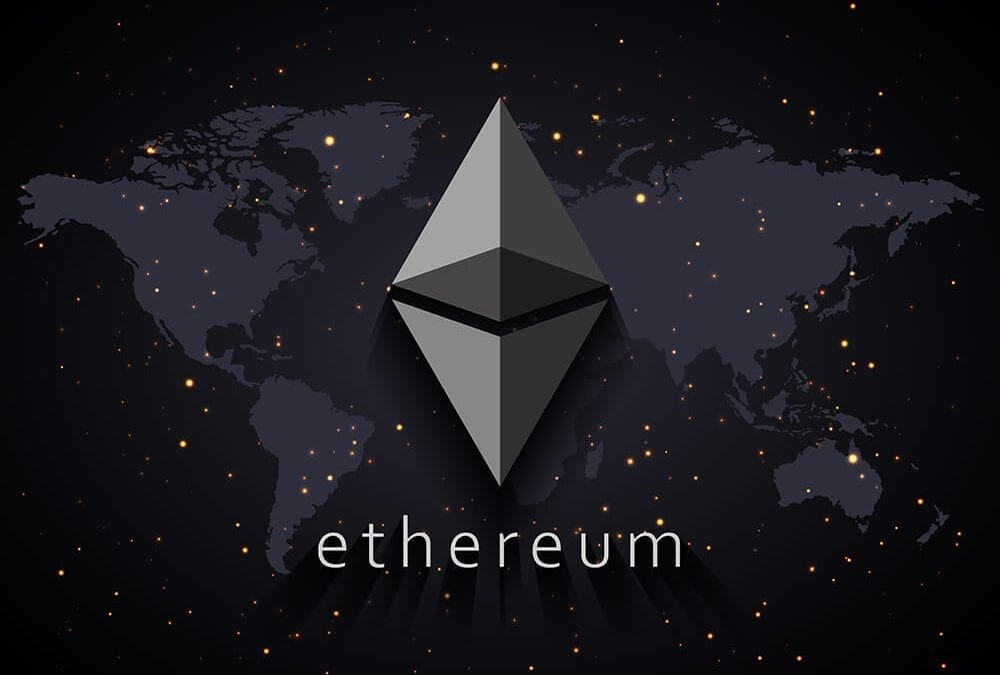Blockchain Use Case: Coffee Supply Chain

Implementing this project was fun since i got to know so much about the actors in the supply chain and roles !
Github link : Click here to see the GitHub repo
I have used the same tech as mentioned in my previous blockchain blog
We store the data of an item. So, what is an item here 🤔 ?
enum State
{
Harvested, // 0
Processed, // 1
Packed, // 2
ForSale, // 3
Sold, // 4
Shipped, // 5
Received, // 6
Purchased // 7
}
struct Item {
uint sku; // Stock Keeping Unit (SKU)
uint upc; // Universal Product Code (UPC), generated by the Farmer, goes on the package, can be verified by the Consumer
address ownerID; // Metamask-Ethereum address of the current owner as the product moves through 8 stages
address originFarmerID; // Metamask-Ethereum address of the Farmer
string originFarmName; // Farmer Name
string originFarmInformation; // Farmer Information
string originFarmLatitude; // Farm Latitude
string originFarmLongitude; // Farm Longitude
uint productID; // Product ID potentially a combination of upc + sku
string productNotes; // Product Notes
uint productPrice; // Product Price
State itemState; // Product State as represented in the enum above
address distributorID; // Metamask-Ethereum address of the Distributor
address retailerID; // Metamask-Ethereum address of the Retailer
address consumerID; // Metamask-Ethereum address of the Consumer
}Let’s talk about the roles
🧑🏼🌾 Farmer’s Role : A farmer harvests the coffee beans, packs it and gives it a Universal Product Code (UPC). Farmer processes the item before packting it then sell it to distributers
🧑🏼 Distributor’s Role : It can buy item from the farmer and ship it to the retailer.
*🏬 Retailer’s Role : It can buy item from the Distributer and sell it to the consumer.
☕️👦🏻 Consumer’s Role : It can buy item from the Retailer.
Note
The ownership of the item keeps changing in the supply chain until it reaches the consumer.